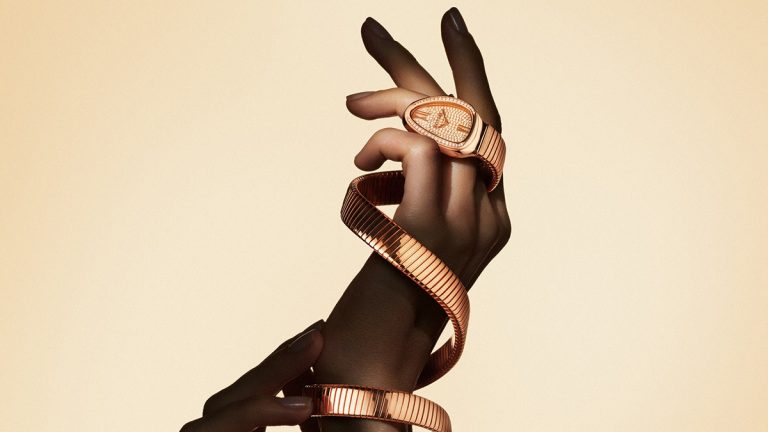According to media company Launchmetrics, Bvlgari often performs better than Cartier and Tiffany on the red carpet — at the last edition of Cannes Film Festival the Roman house garnered $10 million in media impact value (or MIV, a proprietary measure of Launchmetrics) vs Cartier’s $5.8 million and Tiffany’s $5.3 million. Launchmetrics notes that dressing former Miss Universe Pia Alonzo Wurtzbach at the latest Cannes Film Festival had been particularly rewarding as it generated 43 per cent of the brand’s $10 million MIV.
“Whether you sell it or not, high jewellery is beneficial for the brand. And when you sell it, unlike haute couture, it’s very profitable,” comments Babin.
However, he’s cautious about overexposing high jewellery. “We could sell even more high jewellery, but then we risk becoming like Bentley, a brand people think they cannot afford. We’re more akin to Porsche, which offers expensive sports cars and nice family cars.” Although Bvlgari has, like all luxury brands, increased its prices in the past five years, it has paid particular attention to keeping the entry-price pieces accessible.
The opportunity in Asia
Bvlgari’s balanced offer, high calibre Asian celebrities and its embrace of online selling platforms like WeChat and Tmall, have made it China’s most desired hard luxury brand ahead of Cartier, Van Cleef & Arpels and Tiffany, according to a study by the Chinese research company Hurun mentioned in a 2024 report of jewellery houses by Morgan Stanley. Babin says icons such as Serpenti, which evokes the snake — so valued in Chinese culture — and Diva, inspired by the fan-shaped motif of Rome’s Caracalla Baths reminiscent of the ginkgo leaf, have helped establish the brand in China. However, he acknowledges that the Chinese adoption of Western luxury culture has paved the way.
In contrast, the Indian luxury market has yet to realise its full potential. “The reason Western jewellers struggle in India was obvious with the Ambani wedding,” Babin says. “Everywhere in the world, women’s engagement symbol is an engagement ring, but in India, it is a necklace style known as Mangalsutra, and men wear a Kada bracelet.”
Nevertheless, Mr Babin is bullish on India. Bvlgari has “Indianised” a Bvlgari Bvlgari necklace and a B.zero1 bracelet to fit Indian traditions. “There is a way to make our jewellery work in India and among the Indian communities abroad, but, of course, this needs to be done in a way that does not compromise the brand identity. The products we have adapted are representative of Bvlgari and work very well,” he says. While he acknowledges that more could be done in terms of distribution, Babin thinks that small advances can bring big rewards, “India is the number one market for gold jewellery, even if we manage to get 10 per cent of it, it will be huge.”
Having already tailored some of its jewels to fit Indian traditions, Bvlgari is showing that flexibility and mimetic talents — just like those of its iconic snake — are helpful skills when growing a brand.
Comments, questions or feedback? Email us at feedback@voguebusiness.com.
More from this author:
Inside Hermès’s quiet watch boom
Chaumet’s new CEO on growing a 244-year-old hard luxury brand
Diamond dilemma: Where next for De Beers?


